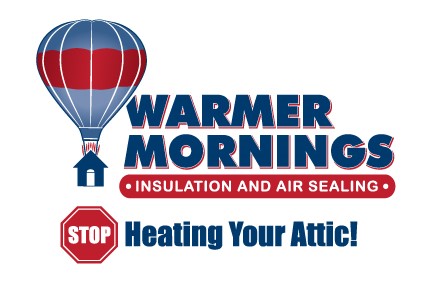Attic Baffles – Why They Are Important:
If a house has vented soffits and a vented roof peak, most people think that does the job. Air ought to flow in the edges and out the peak, right? I mean, the ridge vent is properly installed, it has continuous vented soffits. What could go wrong?
What could go wrong is air and air pressure. Air goes wherever pressure dictates. If there’s a powerful fan (like a blower door) on, it will pull air into the house. If there’s a powerful wind blowing, it will drive air horizontally through and across the house.
The goal is controlling this rampant air flow, so it doesn’t whisk away conditioned interior air. Wind will whip into buildings through the open soffit. That’s an obvious problem. A less obvious one is the top of the interior drywall. In standard framing, the interior drywall comes up flush against the ceiling floor joists.
Look at the wall in your house and imagine the drywall board behind it. Where the top edge of the drywall lays flush against the top plate of the wall framing is one enormous, unsealed crack. Unless the airtight drywall approach has been used conditioned air will leak through every crack and seam on the interior wall, up and out the crack on the drywall’s top edge.
There are many different approaches, but the goal is the same: Seal the top of the drywall/top plate and keep air pressure driven wind up and over the attic insulation.
Here’s a photo of an open, unsealed, soffit/eave. The air ought to flow in through the soffit, up (currently non-existent) attic baffles and out of the roof peak.


